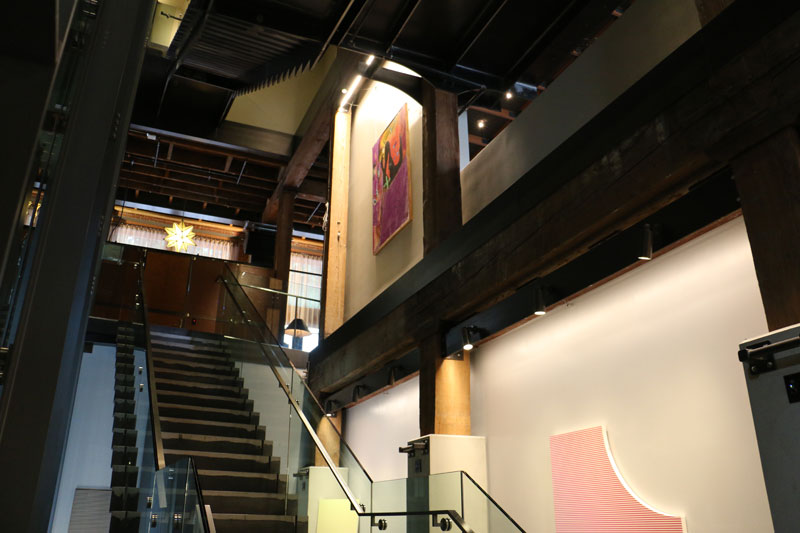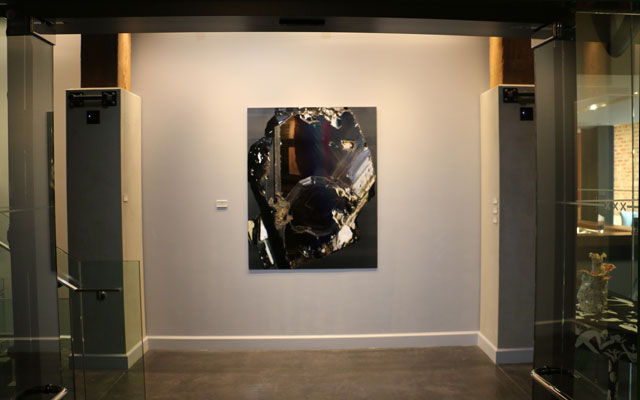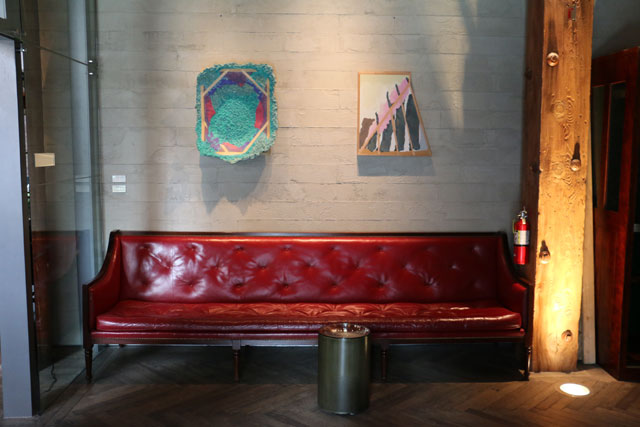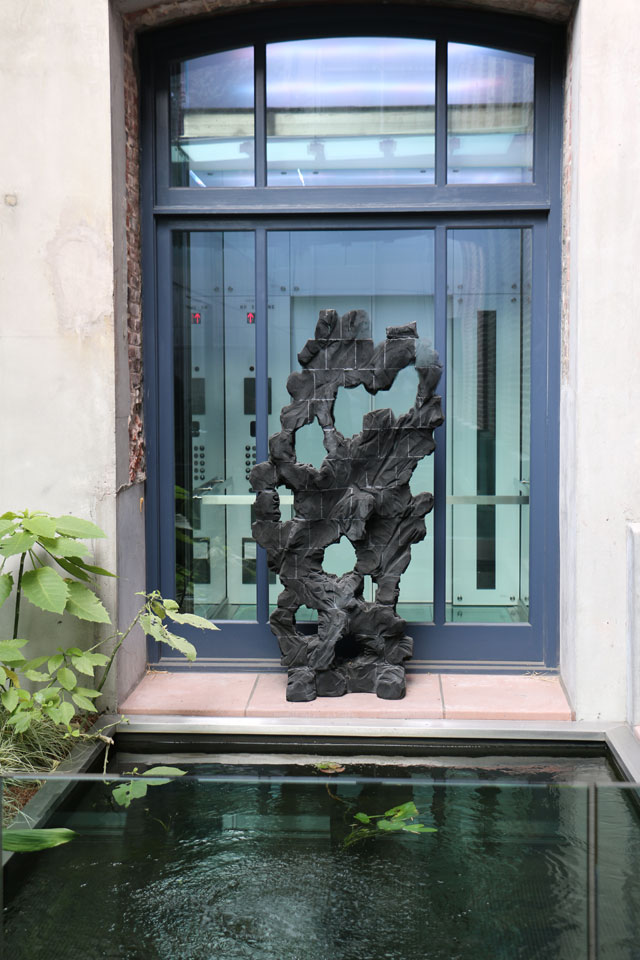Last fall San Francisco saw the debut of The Battery, a private social club in the Financial District with the usual amenities, including a spa, a bar and a restaurant — it also offers a widely regarded live music and lecture series, as well as an art program. While The Battery may have been a welcome addition for some, it was criticized for being elitist at a time when new wealth is displacing many city residents. Coming as I do from the so-called art world, and mindful of the fact that art is also something of an exclusive enterprise, it is simplest to concede up front that (by virtue of being a private club with an internal nomination process and steep fees) The Battery is exclusive. To this I would say, playing devil’s advocate, so what? Much of the system of art schools, publications, galleries and institutions relies on the buyers and patrons that can afford the expense. As commercial galleries and nonprofits struggle to find a toehold in San Francisco, new models for fostering art patronage and philanthropy are sorely needed. Even as they are exclusive, The Battery’s member events to cultivate art collecting and charitable giving are unexpected amenities that aim to benefit the wider community, at least as they are described. A year into The Battery’s art program, I wanted to know, can a private club effectively cultivate personal investments in art and public life?
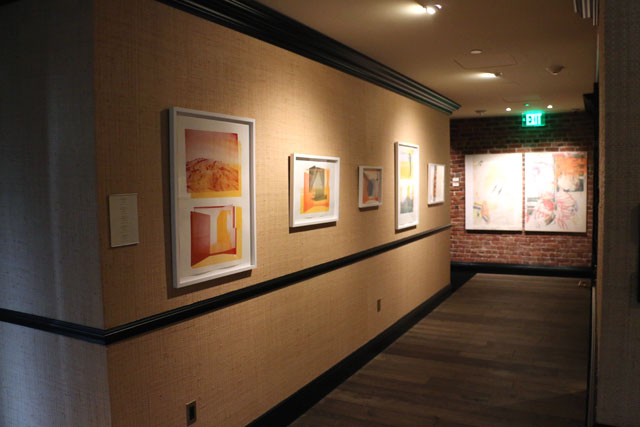
The art program is multi-pronged; it features quarterly exhibitions integrated throughout its elaborately designed interior spaces, as well gallery tours, artist talks and guided art fair visits. Anyone will tell you that the space is a challenge for art. It is a busy environment with difficult lighting. Tricky transitory spaces are reserved for the art program, including the central stairwell and adjoining hallways. Some work manages to transcend these difficulties and some doesn’t — in all fairness, the same can be said of the architecture in some star-architect designed galleries and museums. Whether by choice or by convenience, the art program eschews a white cube environment in favor of functioning spaces and to a certain extent this makes sense when trying to cultivate new collectors, who often want to see that it’s possible to live with art in everyday life.
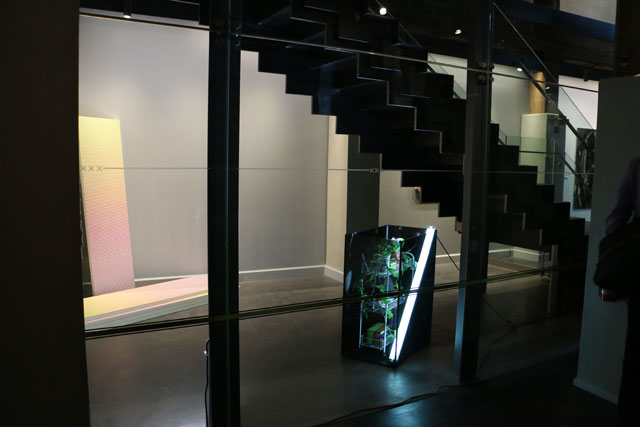
The current show is organized by former Yerba Buena Center for the Arts adjunct curator and Queen’s Nails director, Julio Cesar Morales, now curator at Arizona State University’s Art Museum, in partnership with The Battery’s art program director Thomas Moller and assistant director Matt Bernstein. Though the space is difficult — and I’ve seen all kinds of difficult, including art displayed next to toilets in hotel art fairs — I was struck by the fact that some work looked exceptional in some really difficult spaces. Aaron Finnis’ MTURK1 (3,000 Workers) is a sculptural installation featuring a fluorescent light, a houseplant and laundry soap, among other quotidian sundries that would otherwise never be on display in such a luxurious venue. It is placed beneath the stairwell, essentially in the basement, and is a perfect intervention with no explanatory text other than the artist’s name. The provocative abruptness of this choice of conceptual work demonstrates something interesting about the Battery’s commitment to showing difficult and challenging art, as does the choice to allow it to speak for itself. Cybele Lyle’s Untitled (Rolling Hills, 2) also looks great projected in the stairwell, as if it belongs in such an unusual space.
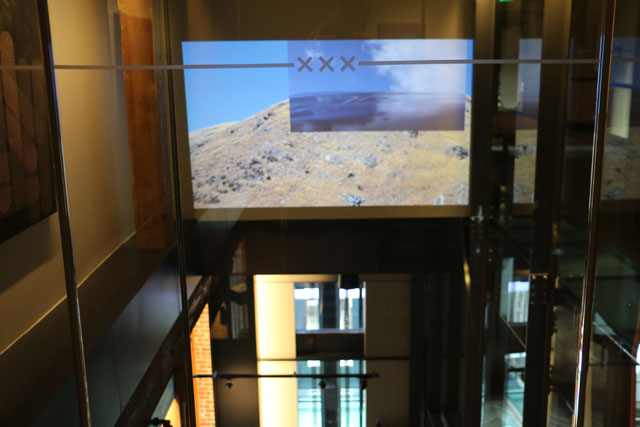
It is worth mentioning that I visited mid-morning on two occasions, when The Battery was sparsely populated and a little sleepy — it is possible that members might linger with the art during more densely attended social events, but I doubt it. My sense is that though The Battery exhibits artwork on site, it relies more on social engagement to knit interest in the art scene. In addition to the exhibitions, Moller regularly sends out emails with information about gallery walks or events, including an extensive and impressive list of shows in all four corners of the Bay Area.
Moller triangulated his time between Asia, New York and his native Germany before coming to San Francisco to run the Battery’s art program. He once ran an experimental gallery in New York’s meatpacking district that required exhibiting artists to speak with interested audiences at events and abides by the personal mandate “if art demands a place in society, art has to take responsibility in society.” Regular talks with artists take place in The Battery’s library filled with leather chairs and a plethora of taxidermy. Some 30 – 40 people attended a recent talk with artists and curators from Et al., an experimental gallery. Director Jackie Im said the talk seemed like a success and noted, “It felt full but also intimate enough that people didn’t feel intimidated to ask questions.” Im sees the program as “a way to get people to see art that they might not see otherwise. For us, being in a basement in Chinatown and being fairly new, we don’t get the same traffic as, say, Haines Gallery [in 49 Geary]. We try to take on most opportunities to get our artists work out into the world.”
